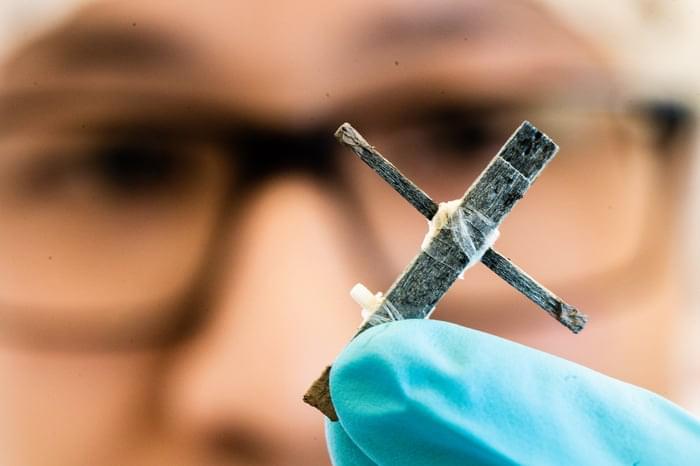NewLimit, a company working towards the radical extension of human healthspan using epigenetic reprogramming has announced it has secured $40 million in Series A funding from prominent investors including Dimension, Founders Fund, and Kleiner Perkins.
This investment further bolsters the company’s belief that therapies to delay, halt or even reverse aging can be found through the exploration of epigenetic reprogramming. With a strong belief that their innovative approach can also address various age-related diseases, NewLimit aims to revolutionize the field of aging biology and pave the way for transformative advancements in healthcare.
Longevity. Technology: Epigenetic reprogramming is an emerging but exciting field of geroscience. It involves the identification of specific sets of transcription factors that can induce changes in gene expression and cellular behavior, effectively reversing or modifying the epigenetic markers associated with aging. This approach offers a unique opportunity to rejuvenate cells and tissues, potentially slowing down or even reversing the effects of aging and its related diseases. NewLimit says that while its products are designed to treat aging itself, the company also believes “these products could treat or prevent many diseases associated with aging, including fibrosis, infectious disease, and neurodegenerative disease.”









